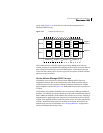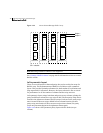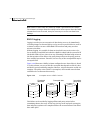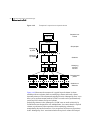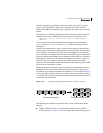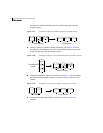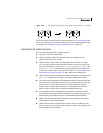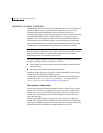
55Understanding Veritas Volume Manager
Online relayout
amount of temporary space that is required is usually 10% of the size of the
volume, from a minimum of 50MB up to a maximum of 1GB. For volumes
smaller than 50MB, the temporary space required is the same as the size of the
volume.
The following error message displays the number of blocks required if there is
insufficient free space available in the disk group for the temporary area:
tmpsize too small to perform this relayout (nblks minimum
required)
You can override the default size used for the temporary area by using the
tmpsize attribute to vxassist. See the vxassist(1M) manual page for more
information.
As well as the temporary area, space is required for a temporary intermediate
volume when increasing the column length of a striped volume. The amount of
space required is the difference between the column lengths of the target and
source volumes. For example, 20GB of temporary additional space is required to
relayout a 150GB striped volume with 5 columns of length 30GB as 3 columns of
length 50GB. In some cases, the amount of temporary space that is required is
relatively large. For example, a relayout of a 150GB striped volume with 5
columns as a concatenated volume (with effectively one column) requires 120GB
of space for the intermediate volume.
Additional permanent disk space may be required for the destination volumes,
depending on the type of relayout that you are performing. This may happen,
for example, if you change the number of columns in a striped volume. Figure 1-
26 shows how decreasing the number of columns can require disks to be added
to a volume. The size of the volume remains the same but an extra disk is needed
to extend one of the columns.
Figure 1-26 Example of decreasing the number of columns in a volume
The following are examples of operations that you can perform using online
relayout:
■ Change a RAID-5 volume to a concatenated, striped, or layered volume
(remove parity). See Figure 1-27 for an example. Note that removing parity
Five columns of length L Three columns of length 5L/3



